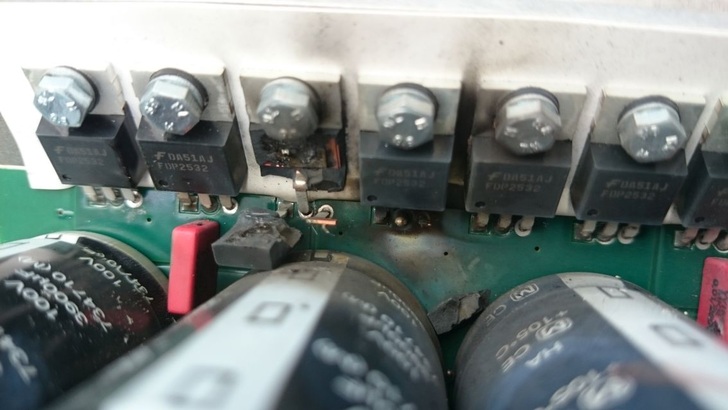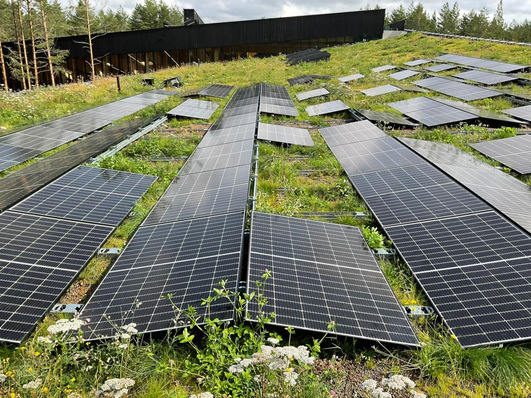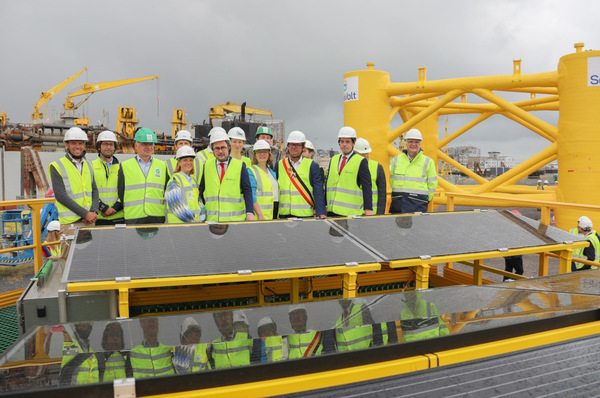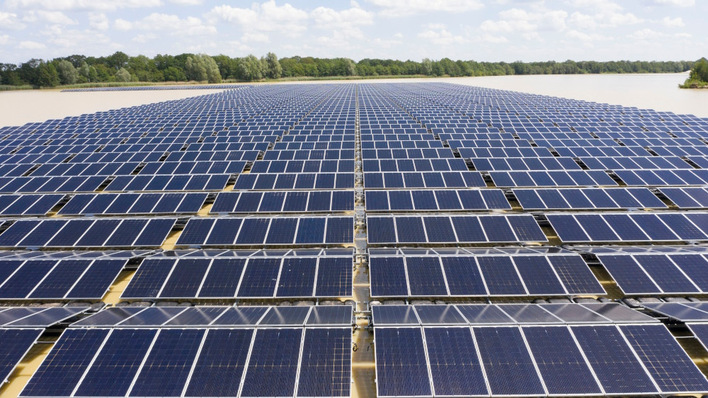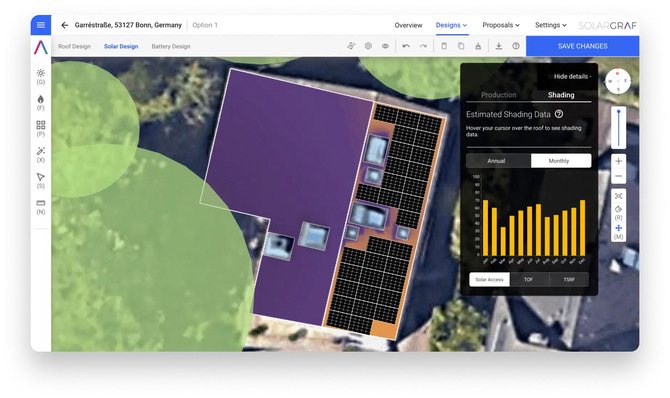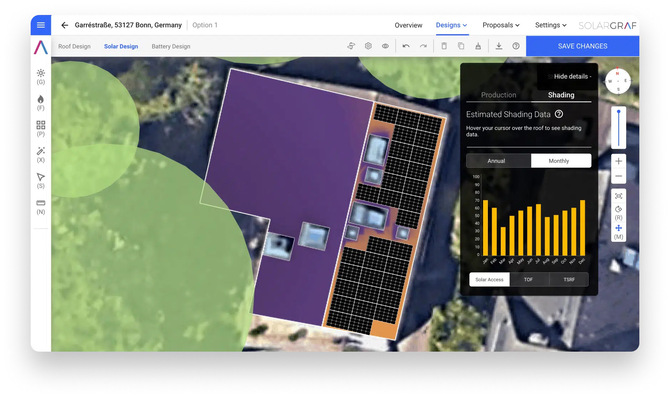Since finishing university, Andreas Armbrust has been in the solar business for almost a quarter of a century. He is an electrician to his core and circuit boards, capacitors and coils are his daily bread.
Armbrust is in charge of development at SolarInvert in Freiberg am Neckar. They specialise in low-voltage inverters. “The strangest case involving a defective inverter has already been a few years ago,” he calls during an interview at the small factory that SolarInvert runs in Mössingen. “It was a 30-kilowatt PV installation on the roof of a farm building. The installation worked fine – until a neighbouring farm also put up an array on their roof. In spring, around April, there would be problems.”
The ground became highly resistive
In cold weather and intense solar irradiation, the inverters would for some inexplicable reason egg each other on. “At last we realised that these older isolated farms were not very well earthed. They had only an old TT grid,” Armbrust goes on. “We looked for the fault for a year. Until we realised that being dry made the ground highly resistive. Between themselves, the inverters created their own high-power grid, which in turn generated a high overvoltage and a floating neutral conductor: The electricity just could not dissipate.”
He doubted his abilities
In that case, finding the fault was like a treasure hunt and made an experienced engineer doubt his abilities. In another case, the issues could not have been more obvious: The customer had put his inverters into a hole in the ground and they were half submerged in water. A submarine inverter: The connectors were completely corroded and there was condensation all over the transformer membrane.
Of course, these make for good anecdotes. “The normal defects in inverters are damage due to overvoltage,” Andreas Armbrust says. “Rapidly changing grid voltages cause high currents and that increases the thermal strain on the components on the circuit boards. That can happen with large transformers or if heat pumps switch off. This causes voltage spikes.” He judges that overvoltage, improper transport and faulty soldering joints are the key causes of defects for inverters.
Hairline cracks and drying out
For example, thermal stress on the interior of the inverters can also cause hairline cracks to form in the capacitors’ ceramics, which is a form of wear and tear. But undetected damage during transport and installation can also show up at some point. “That is why we generally replace such parts when there is a customer claim,” the expert explains. “We used to spend hours looking for such faults, but no longer.” Defective power ICs are no longer repaired – the power blocks are simply replaced with new ones. In addition to thermal strain, aging can be a factor for capacitors.
Some capacitors may dry out
Small electrolytic capacitors (e-caps) can dry out under certain circumstances. When they run out of electrolytes, they can heat up during operation. “These are also components that we replace just to be safe,” Armbrust remarks. “Large e-caps do not have this problem.”
Replacing components as a precaution
Overall, about 20 components are replaced on the inverters’ circuit boards as a matter of course, even before the search for the fault itself begins. “We have had units here for repairs where the MOSFETs had lost 24 pins,” he recalls by way of an example. “Or for multi-layer circuit boards: Between the layers there are conductive strips, so called channels. If there is air trapped in these channels, that put pressure on the material thermal extremes, which can cause them to rupture.”
Some tricky situations
Another tricky situation is if insufficiently soldered SMD components are not in proper contact with the circuit board. This can often result in localised areas where the material and the soldering become very hot. Such defects are very hard to detect with the naked eye; the only thing for it is to have the board professionally examined.
Normally, faults in an inverter manifest themselves very quickly. “Within the first three months it becomes clear if there will be problems,” Andreas Armbrust says. “If they have not needed repairs by then, they are likely to keep going for a long time.”
The most issues come up in the spring when solar irradiation is already very strong – often up to 1,200 watts per square metre – while the air and thus the solar array is still freezing cold. That is a recipe for very high output, but also for great thermal strain on the power electronics. (HS)
Stay informed, get our newsletter twice a week.
Register here: http://www.pveurope.eu/Newsletter
Read more on repair of PV components:
http://www.pveurope.eu/News/Planning-Operation/SolarInvert-Testing-solar-inverters-with-overload
http://www.pveurope.eu/News/Planning-Operation/Damaged-solar-modules-repair-or-rebuild
http://www.pveurope.eu/News/Solar-Generator/Repairing-solar-modules-sometimes-easier-than-buying-new-ones
http://www.pveurope.eu/News/Solar-Generator/Repowering-offers-new-opportunities-says-Soenke-Jaeger-of-Adler-Solar
http://www.pveurope.eu/News/Markets-Money/Solar-advice-Protect-your-investment-by-monitoring
Read more about solar modules.
Read more about solar inverters.
Read more about solar energy storage.

